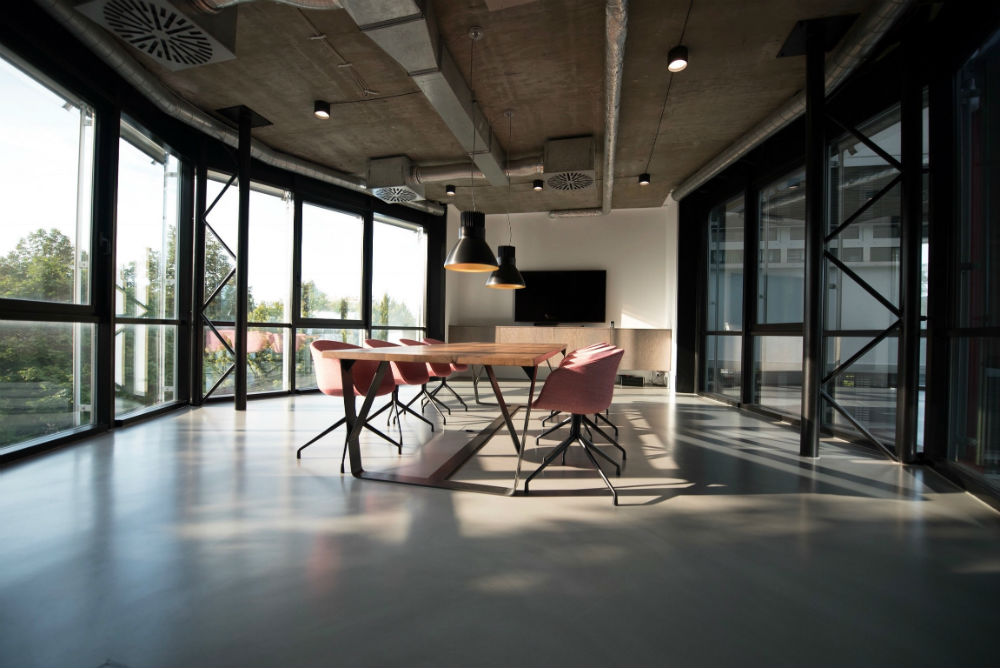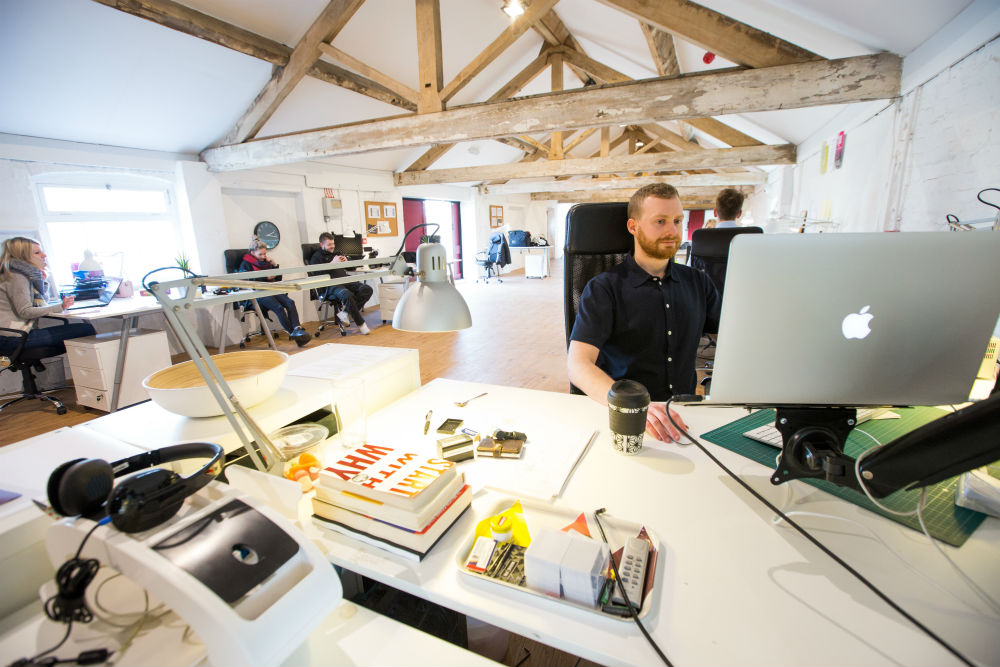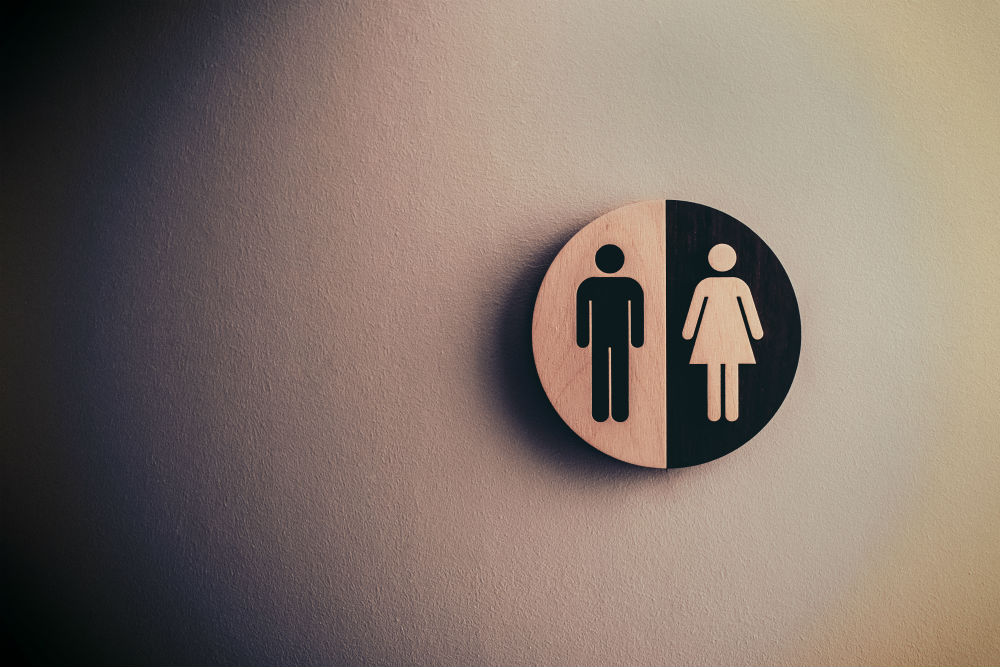Almost all businesses count on data obtained from the foot traffic of customers and visitors to grow and increase revenue.
Yet when we think of door traffic, we tend to think of traditional brick-and-mortar retailers rather than offices or facilities.
The reality is that a majority of people spend their days in an office or facility, and recent years have also seen a rise in coworking spaces, with nearly 19,000 of them catering to more than 3 million coworkers worldwide in 2019.
New startups are popping up everywhere these days, and they’re on the market seeking office space or looking to join coworking spaces alongside freelancers, consultants and more. As a result, the demand for various types of offices and workplaces is as high as ever—leading office managers, owners and developers to seek ways of expanding or otherwise increasing occupancy rates as efficiently as possible.
When we consider these facts, it's safe to say that offices and facilities get heaps of foot traffic on a daily basis. By tracking door traffic, such businesses can gain incredibly valuable data and insights on occupancy, allowing them to engineer their workplace design in a way that maximizes profits as well as results.

Why offices and facilities should measure foot traffic
Whether your business is a traditional office or a trendy coworking space, tracking and studying foot traffic trends is an excellent way to conduct occupancy analytics, which allows you to see which areas draw a lot of foot traffic and which areas do not.
This, in turn, will help you make smarter decisions about managing your business and optimizing your space, whether that means investing in more desks or creating additional meeting rooms.
In addition to that, people counting solutions can also be used for property management use cases. By knowing occupancy levels, real estate and property management companies can make data-informed decisions about lease renewals, subleasing and when it's right time to expand.

How offices and facilities can utilize foot traffic data
Now that we’ve established why offices and facilities should be tracking foot traffic, let’s dive into the how.
Until now, when an office or workplace wanted to measure foot traffic and understand how their workspace was being used, they applied manual methods such as counting employee badge swipes to track entries, exits and lunch hours; sending surveys for employees to share details on how they use the workspace; and relying on employee headcount.
But with the rise of people counting solutions and devices, workplaces no longer have to rely on manual operations to accurately estimate space utilization.
Here are some ways facilities, workplaces and buildings can use that data to their advantage:
➣ Building occupancy and utilization with foot traffic data
Door traffic data helps businesses determine which areas, halls and shared spaces are used more or less frequently, allowing space owners to make informed decisions, especially when they’re looking to rearrange the space and optimize the workplace’s design.
This data can also be used to optimize the day-to-day operations of coworking spaces. For instance, it can be used to find the best areas to put up various promotions and info on classes, events and updates.
➣ Meeting room occupancy and efficiency with foot traffic data
An ideal way to track the usage of meeting rooms is through door traffic data.
Foot traffic trends can tell you the hourly, daily and weekly usage of meeting rooms to understand which ones are most in use and how crowded they tend to be.
Armed with such data, space owners may, for instance, choose to divide a large meeting room into smaller rooms or combine two small meeting rooms to obtain a larger one.
➣ Real estate decision-making with foot traffic data
Monitoring and measuring door traffic in real-time both inside and outside of the buildings can be a powerful tool when it comes to valuing the space, planning and/or improving the building/facility design.
This type of data allows real-estate managers, workspace managers and developers to get a clear view of the building or workspace occupancy, informing their decisions about future real estate purchases or building planning efforts.
As an example, a company using door traffic data to determine if a large part of its workspaces are underutilized may choose to relocate to a smaller office building, enabling them to cut costs.
Also, by knowing occupancy levels, they can be able to make informed decisions about lease renewal, subleasing, and even when it's the right time to expand.

➣ Restroom maintenance with foot traffic data
Foot traffic data can also provide insight into when workplace restroom maintenance should be done.
Analyzing foot traffic trends around this area can shed light on the hours in which the restrooms are used the least.
Building management or office management can then use this information to optimize the schedules of cleaning staff, from how frequently the restrooms must be cleaned to the best times to do cleaning and maintenance.
➣ Lunch area usage with foot traffic data
Last but not least, we have lunch areas, which may range from large cafeterias in large office spaces and facilities to more boutique establishments at startups.
Similar to restroom maintenance, foot traffic data can determine which lunch areas are most frequented and when. Not only can workspaces use this information to better cater to their employees—if outdoor seating is popular, why not add a patio where employees can enjoy al fresco lunch?—but learning when the lunch rush begins and how long it lasts also allows maintenance to schedule cleaning services at the optimal time.
Thanks to today's evolving technologies, there are various ways for workspaces to measure, analyze and utilize door traffic through people counting solutions.
One of the first options to come to mind is video camera sensors, which track people accurately as long as they are within view of the camera. Yet recent innovations in thermal sensor technology are giving video sensors a run for their money—and at a fraction of the cost.

Advantages of using a thermal sensor to track foot traffic
In their simplest terms, thermal sensors work by detecting light captured from body heat.
For facilities, offices and property management, there are three main advantages to thermal sensors that put them a cut above video sensors when it comes to obtaining foot traffic data.
➣ Privacy of thermal sensors for facilities
Unlike video cameras, a thermal sensor like Dor provide anonymous data, which is extra important if you're managing a restroom or running semi-public business such as a coworking space.
With thermal sensors, facility managers or workspace owners don't have to worry about issues like consent to film, as there is no privacy breach.
➣ Installation of thermal sensors for facilities
One of the reasons facility managers choose Dor as the people counting provider for their businesses is its quick installation and seamless activation. Since it's a peel-and-stick device, Dor can be installed by just about anyone, anywhere in just minutes.
When you compare that to video camera sensors, which often require a professional to install in hours and repair in the event that it malfunctions, it's easy to see why a thermal sensor like Dor is becoming more and more popular with facilities and offices that are actively adjusting or expanding their spaces.
➣ Cost of thermal sensors for facilities
If there are multiple spaces to be tracked by a foot traffic sensor, the cost of the total operation is a decision-changer. Video camera sensors are expensive solutions compared to a thermal sensor like Dor.
Also, while video cameras need to be re-installed in various places around the building to obtain comprehensive data, a couple of thermal sensors can easily be moved around chosen spaces in the building.
Click here to discover how a people counting solution like Dor can help you make better business decisions based on your store's foot traffic data.